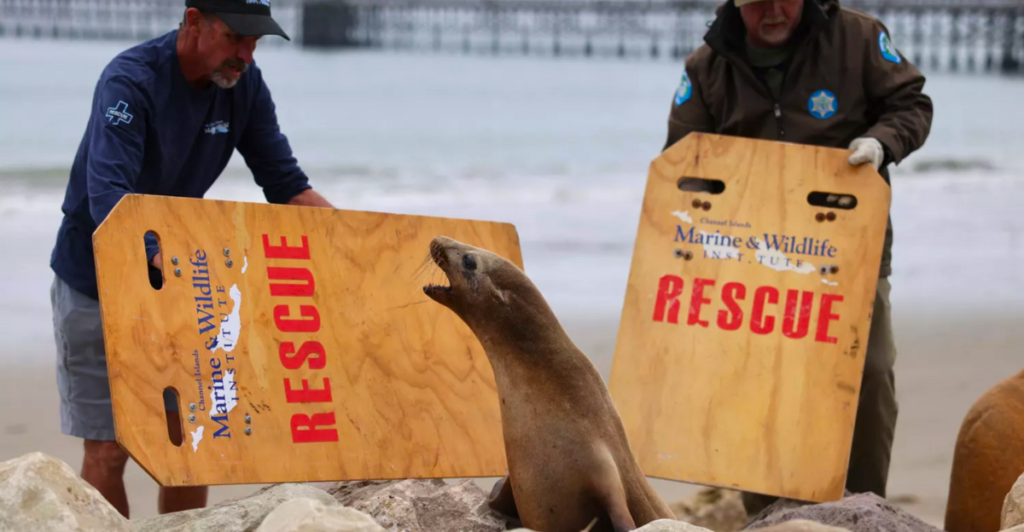
Something unusual has gripped the coast of California. Surfers and beachcombers are reporting terrifying encounters with sea lions: genial creatures that have always been known to be friendly have been acting out of control.
A man was dragged off his surfboard. One teenage lifeguard candidate was bitten a dozen times. They report the sea lions as being full of rage, confusion, and brazenness—almost like monsters—not marine mammals.
Media headlines are calling them “demonic,” and honestly, it’s hard to disagree. They’re not your average bark-and-clap sea lions. They’re behaving like something out of a horror film.
But what’s really going on? Why are the animals acting unusually—and are the waters still safe? The truth is more than fiction… and it’s rooted in something invisible, toxic, and spreading fast.
What’s Turning Sea Lions Aggressive
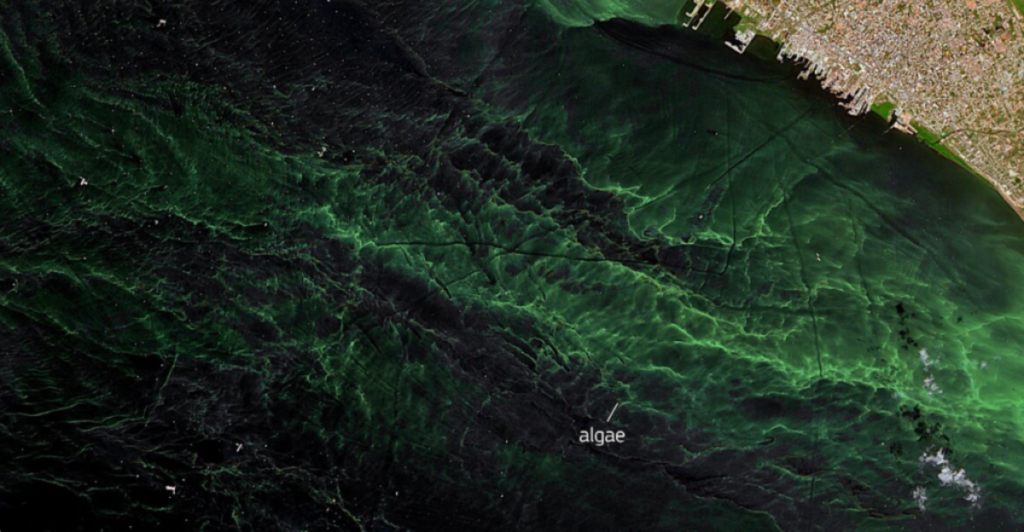
Researchers probing the enigma discovered the reason beneath the surface—literally. The sea lions were not being malicious, nor had they developed rabies. They had been poisoned. The perpetrator? A poisonous algae bloom.
A neurotoxin called domoic acid, made by a small algae spreading off the coast of Southern California. The sea lions, during their usual hunt for fish, unknowingly consume this toxin. It accumulates in their systems via the food chain, primarily through tainted anchovies and sardines. When they ingest it, it also infects their brains.
The result? Neurological pandemonium. Seizures, confusion, amnesia, and episodes of rage. They’re not attacking because they’re angry. They’re ill, confused, and terrified. In a lot of ways, they’re victims too.
The ‘Sea Lion Zombie’ Science
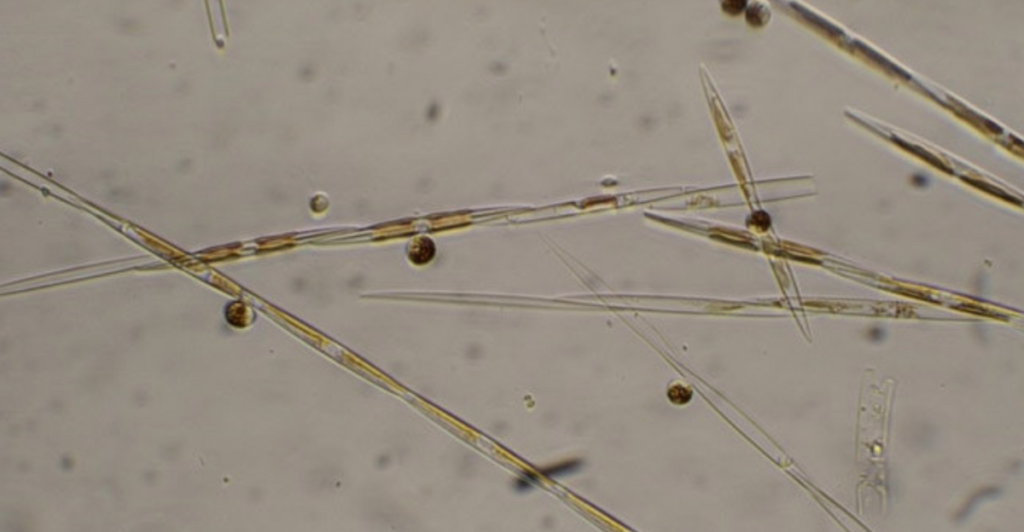
Domoic acid toxicosis isn’t merely another disease—it’s a full-fledged neurological attack. This poison induces brain inflammation, which wipes out the hippocampus, which is in charge of memory, orientation, and behavior.
It usually results in seizures, disorientation, bizarre barking, and, yes—aggression. A normally curious and social creature can suddenly go ballistic, turn violent, and become erratic.
According to John Warner, CEO of the LA Marine Mammal Care Center, most of these poisoned animals don’t know where they are. Their senses are overwhelmed. Their brains short-circuit.
Imagine being lost, disoriented, and in pain—and then suddenly, surrounded by humans. That’s probably how most of these attacks occurred in the first place.
Victims in the Water: Real-Life Encounters

March 21st, 2025. Surfer RJ LaMendola is riding the waves when he is suddenly pulled off his board by a snarling sea lion. It nips him on the backside, leaving a bloody wound and putting him into shock.
He depicted the beast as being “feral” and “possessed,” with glassy dead eyes and zero playfulness. “It was like I was being hunted,” he wrote in a Facebook entry that quickly became viral.
Nine days later, 15-year-old Phoebe Beltran was doing her lifeguard assessments in Long Beach. A sea lion suddenly nipped her a few times on the arm during her swim test. Both victims were hospitalized. They are recovering, but their tale is symptomatic of something much more serious.
A Growing Crisis Along the Coastline

It’s not a one-time occurrence. Since late March, the Marine Mammal Care Center has seen 195 domoic acid-intoxicated sea lions—these being the ones that survived, that is.
The toxic algal bloom extends to 370 miles of the Southern California coast. It started sooner this year than what was forecasted, probably because of temperature changes, pollution, and altered ocean currents that all are byproducts of climate change.
Malibu, Long Beach, San Pedro, and even popular resort areas have seen afflicted sea lions. Experts warn these infections and attacks might continue for weeks—or even months—unless weather and ocean conditions improve.
Why Domoic Acid Is So Hazardous
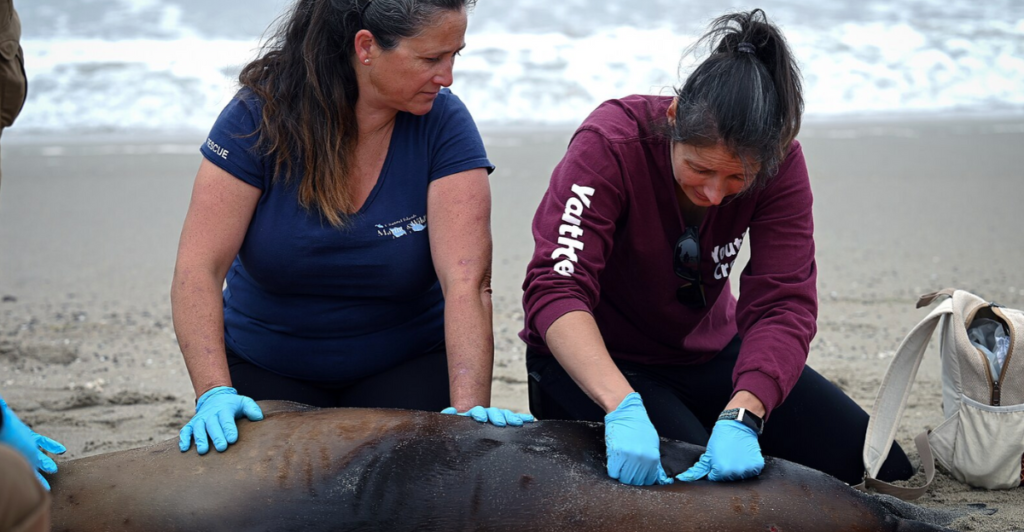
Domoic acid is not only toxic to sea lions. It’s toxic to all marine animals—and even to people who eat contaminated fish or shellfish. It’s a powerful neurotoxin that doesn’t easily break down in water.
In marine mammal predators, such as sea lions, it can accumulate in high concentrations, being passed from prey to predator via what scientists term bioaccumulation. When consumed, it results in amnesic shellfish poisoning, so named for its memory-erasing effects in humans.
Humans may suffer from confusion, vomiting, seizures, and in the most extreme cases—a coma or death. Seafood is routinely analyzed for domoic acid, but blooms are increasing in frequency. This is not only a marine problem. It’s also a human problem.
Work of Marine Rescuers
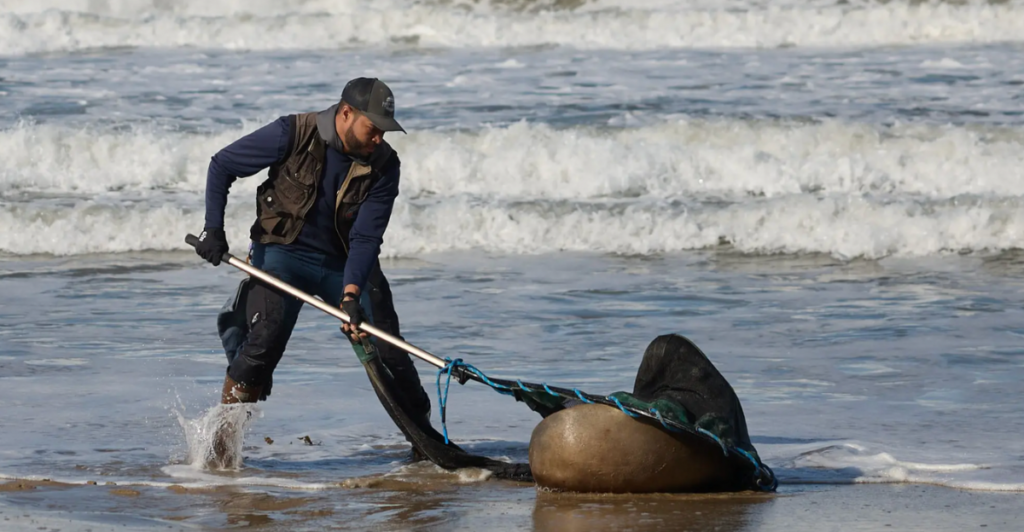
In the background, rescuers are working around the clock. Professionals such as Jules Leon, a marine mammal responder, utilize large nets and stretchers to carefully scoop up ill sea lions and send them to treatment centers.
All the rescued animals at the San Pedro Marine Mammal Care Center receive anti-seizure medication, fluids, and sedation in an attempt to minimize stress. Many of them recover—but not all. Some have permanent brain damage. Others, unfortunately, don’t make it.
These groups don’t just rescue animals—they also safeguard the public by taking unstable sea lions off busy beaches. They carry out hazardous, sensitive, and frequently underfunded work. Without them, things would be far worse.
Can Sea Lions Recover?
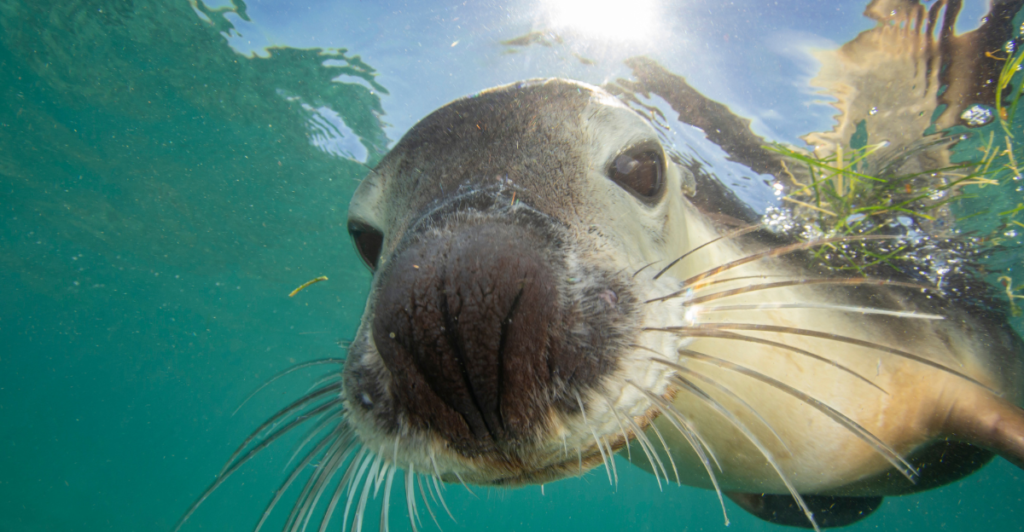
Fortunately, most poisoned sea lions can be cured—if they’re found in time. With the right medication and a stable environment, some regain normal neurological function within weeks.
Others may never recover. Researchers have found that repeated exposure to domoic acid causes permanent brain damage. Some sea lions, even after rehabilitation, are still disoriented or aggressive and cannot be released back into the wild.
For those that do eventually recover, it’s usually a slow road back to wellness. Rescued animals are monitored daily, fed uninfected fish, and gradually return to more normal behavior. It’s an inspiring process—one that highlights the fragility of ocean ecosystems.
The Bigger Picture: Climate & Human Impact
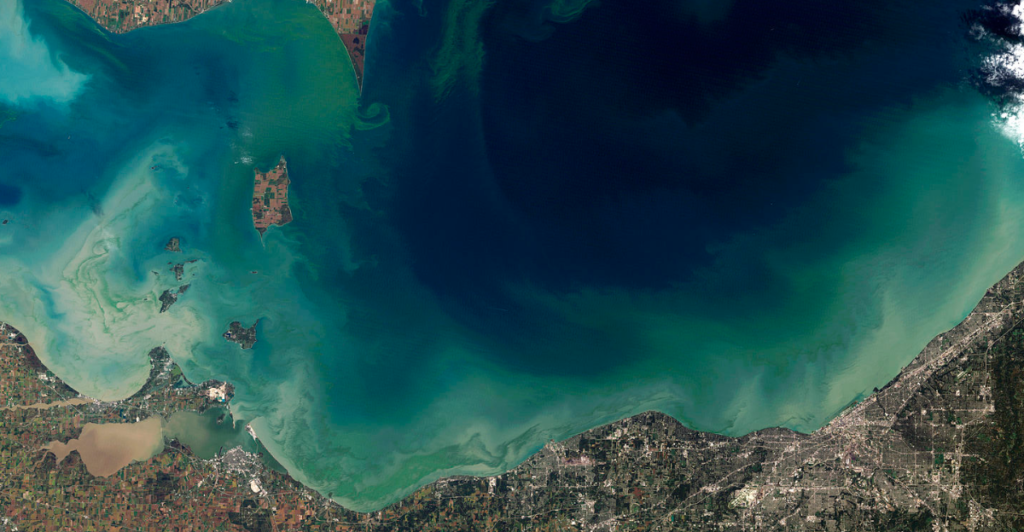
This toxic epidemic isn’t a coincidence. Farm pollution runoff and climate-induced alterations are fueling more frequent, more intense algal blooms.
Domoic acid-producing algae thrive in warm, nutrient-dense waters—conditions that are increasingly prevalent along the Pacific coast. Human impacts such as pollution and overfishing only serve to exacerbate the issue, futher unbalancing ocean ecosystems.
If we dismiss these warning signals, we can expect more tainted wildlife, impaired fisheries, and public health concerns. This is not an isolated incident—it’s an ocean flare indicating that something is seriously wrong. It will require policy reform, increased ocean monitoring, and a good-faith effort toward ecologic stewardship.
Sea Lions Aren’t Demons—They’re Messengers
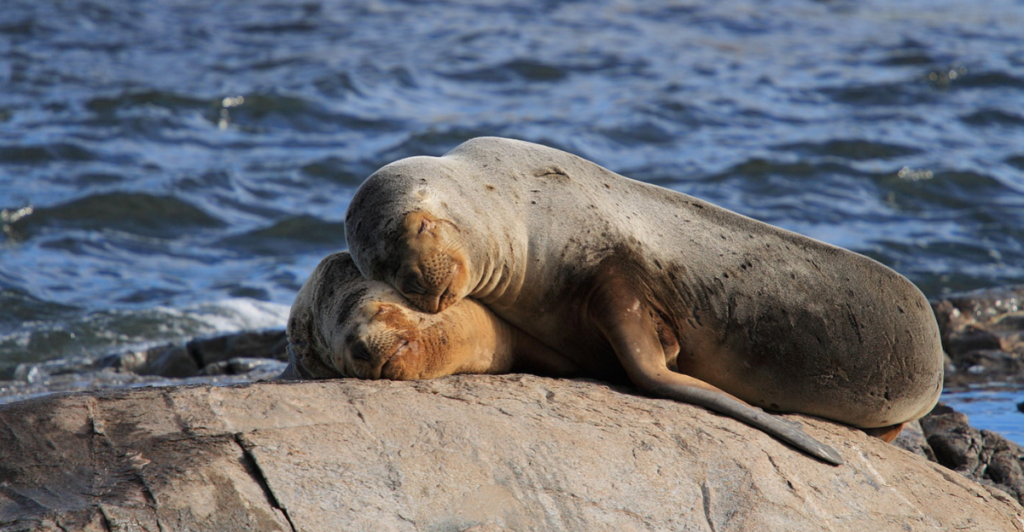
Here’s the truth: sea lions aren’t fiends. They’re not devil-possessed and they’re not evil. They’re sick animals, collateral victims in an environmental epidemic they didn’t create.
Their otherworldly, brutal behavior is an unfortunate result of ecologic neglect—and they’re screaming at us to pay attention. Shrill—using all the dramatics at their disposal. As disturbing as these latest interactions have been, they’re also a call to listen.
To purify our oceans. To reconsider how we act towards the natural world. The next time you get a glimpse of a sea lion on the shore, don’t be frightened. But take a moment to consider what this truly means.
Explore more of our trending stories and hit Follow to keep them coming to your feed!

Don’t miss out on more stories like this! Hit the Follow button at the top of this article to stay updated with the latest news. Share your thoughts in the comments—we’d love to hear from you!







